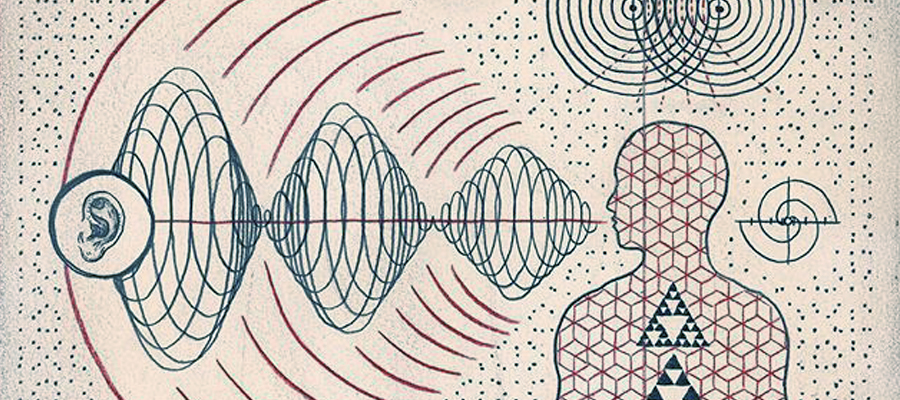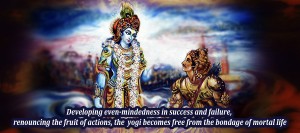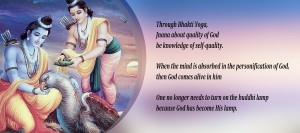Internal sound
We use sound in OM̐, but it’s not just any form of sound. These are sounds produced in the mind, not sounds that are heard passively either through the ear or through auditory sound memories.
The generation of this sound is a process known as thinking. So yoga is achieved by generating and observing thoughts in the mind. This is why Shankara, commenting on Yoga Sutras 2:20, says that the activity of pure consciousness in the individual is “the observation of the mind in the mind. … Purusha , looking at the mind alone, sees only it, and never fails to see thoughts that are in the mind. is the object. …
To testify is natural to him, in the sense that his essence is awareness of thought ideas. The only thing we ever do in our real world as pure consciousness is to observe the mind in the mind ( buddhi ). That is why when Lord Ramakrishna was asked: “ What is the Self? “He just replied:” Witness thoughts. ”
Sense impressions are felt one step further from those in the lower mind ( manas ). Understanding the mind is the only activity of soul consciousness. Thought perception is also a continuous purusha activity . It is only reasonable then to conclude that in order to discover the Self or to settle the Self in its original nature we must use the faculty of thinking. However, there is an assumption that makes us confused all the time in fake identities. So it is not just general thought that we need, but a special kind of thought, which brings consciousness back to itself and ultimately merges with the pure consciousness which is the Soul or Atman or Self. That unique thought is OM̐. “Japa and meditation is the way.”





